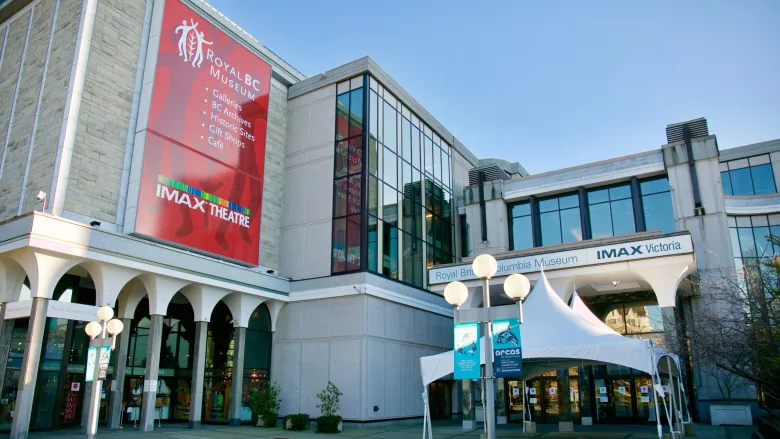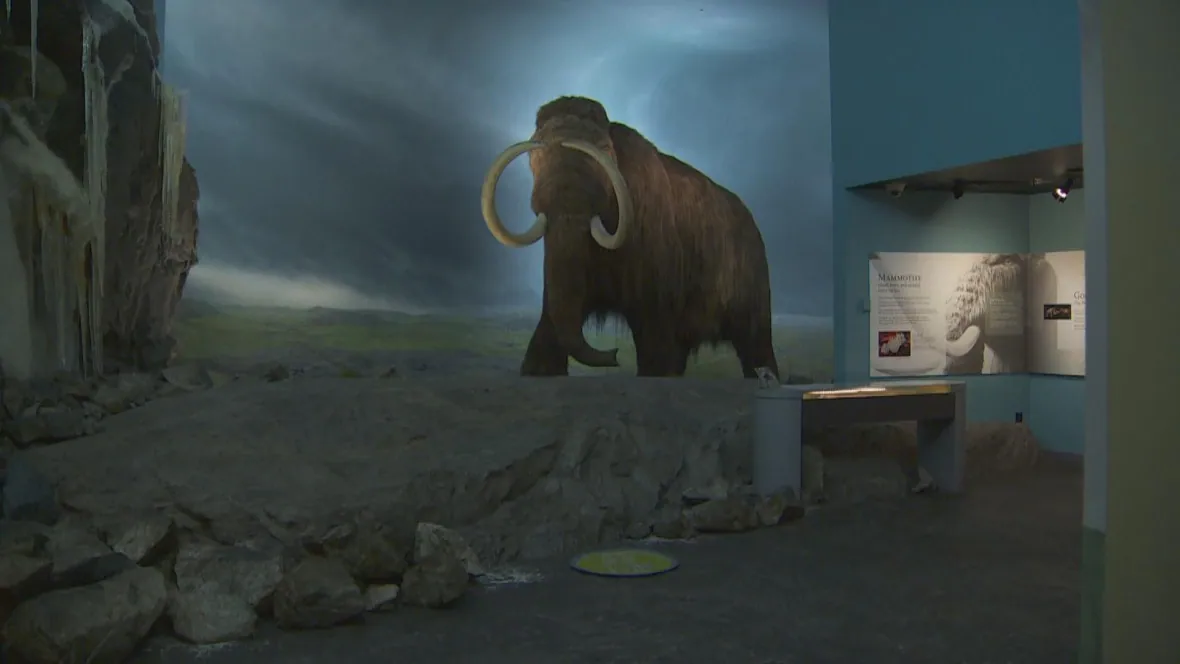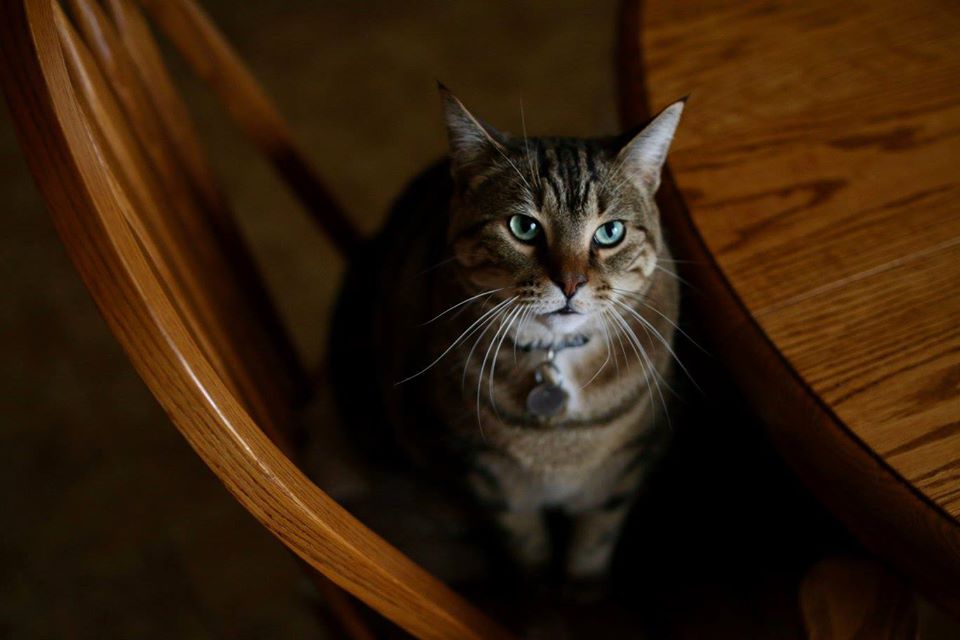 The announcement last week that the Canadian British Columbian government would cancel its proposed $789 million (Cdn) renovation of the Royal BC Museum came as no surprise. The project which would see a complete rebuild of the museum on a different site with the current structure remaining closed for 8 years. The rebuild was widely criticized and consider a “vanity project” by many. Premier John Horgan stated he heard British Columbians “loud and clear” and that it was the “wrong project at the wrong time”. A poll conducted by the Angus Reid Institute said that a full 69% of BC residents opposed the museum renovation plan. More revealing were the many comments from the public on news sites that were outraged at the project. Fortunately, the cancellation did not include the ongoing construction of the Museum’s new $224 million (Cdn) collections center in nearby suburban Colwood. The museum administration has announced that it will continue to engage with the public on what its future direction should be.
The announcement last week that the Canadian British Columbian government would cancel its proposed $789 million (Cdn) renovation of the Royal BC Museum came as no surprise. The project which would see a complete rebuild of the museum on a different site with the current structure remaining closed for 8 years. The rebuild was widely criticized and consider a “vanity project” by many. Premier John Horgan stated he heard British Columbians “loud and clear” and that it was the “wrong project at the wrong time”. A poll conducted by the Angus Reid Institute said that a full 69% of BC residents opposed the museum renovation plan. More revealing were the many comments from the public on news sites that were outraged at the project. Fortunately, the cancellation did not include the ongoing construction of the Museum’s new $224 million (Cdn) collections center in nearby suburban Colwood. The museum administration has announced that it will continue to engage with the public on what its future direction should be.
What does this mean for the future of museums generally? Does this cancellation have dire warnings for the museum industry? Unfortunately, many of the larger museums (and other institutions like libraries and archives) in urban centers are facing similar circumstances in the future. Many structures housing museums, libraries and archives in the “anglo-domain” were built in the midst of the baby boom era. Many structures were built in the 50s, 60s and 70s which are well over due to be replaced. Many of the buildings contain asbestos for insulation as well as outdated plumbing and wiring. With government funds lacking and the public appetite for new buildings waning, what does the museum industry do to move ahead?

One answer seems to be the “smaller regional model”. In British Columbia’s case, some of the loudest critics of the project were the smaller regional museums who are notoriously short of funding for their own facilities and collections. Several First Nations proposed they would like their artifacts back in their communities in their own museums.
Canada and many other nations in the “anglo-sphere” have all adopted the model of large urbanized centralized museums with much smaller and poorly funded regional cousins. While I’m a big believer in the smaller regional model, it is not without its difficulties. Smaller museums usually have deplorable facilities which would require considerable construction expense to enhance. Also, there are questions as to whether smaller regional museums would be able to bring the scientific and collection management expertise required to administer artifacts. This model still requires the recruitment and training of professional curatorial staff, something very hard to do in smaller centers. Also, there is the small “p” political questions, which regional communities and museums would get funding? What would be the criteria for granting this funding? Which communities would win in the funding criteria and who would lose?
The smaller regional model however, would provide many tourism and related economic benefits to communities that have received very little funding over the past 50 years. It would also bring newness and energy to these communities not seen for many years!
Let’s face it, regardless if the adopted model is large urban or regional, museums done properly are expensive! They require proper construction to protect the artifacts and professional curatorial staff to document and administer the collections.
What does this mean for the museum industry’s future? Future survival will require museums to make a much better business case for why they exist. The business case needs to outline both economic and scientific impacts with a strategy on making these widely known to both the government and public. In a former blog post, I pointed out that “Economic Impact Statements” should be at the ready of museum administrators. This is something that is sorely lacking on the Royal BC Museum website. No where could I find any Economic or Scientific impact statements. In a world with lots of noise, you are required to “toot your own horn” loudly!
Lofty statements of increased “tourism” dollars probably are not going to cut it in the future for any public museum. Real projects need real numbers with an accessible Business Case for both the public and governing authorities!
Thank you for reading our Blog Post! This review was written with the assistance of “Grammarly”. Grammarly is an amazing FREE tool that allows anyone to write like a professional! For more information and a free download, click here.
For our Reviews of excellent books on Natural History, Archaeology and Technology, please visit our main website!
